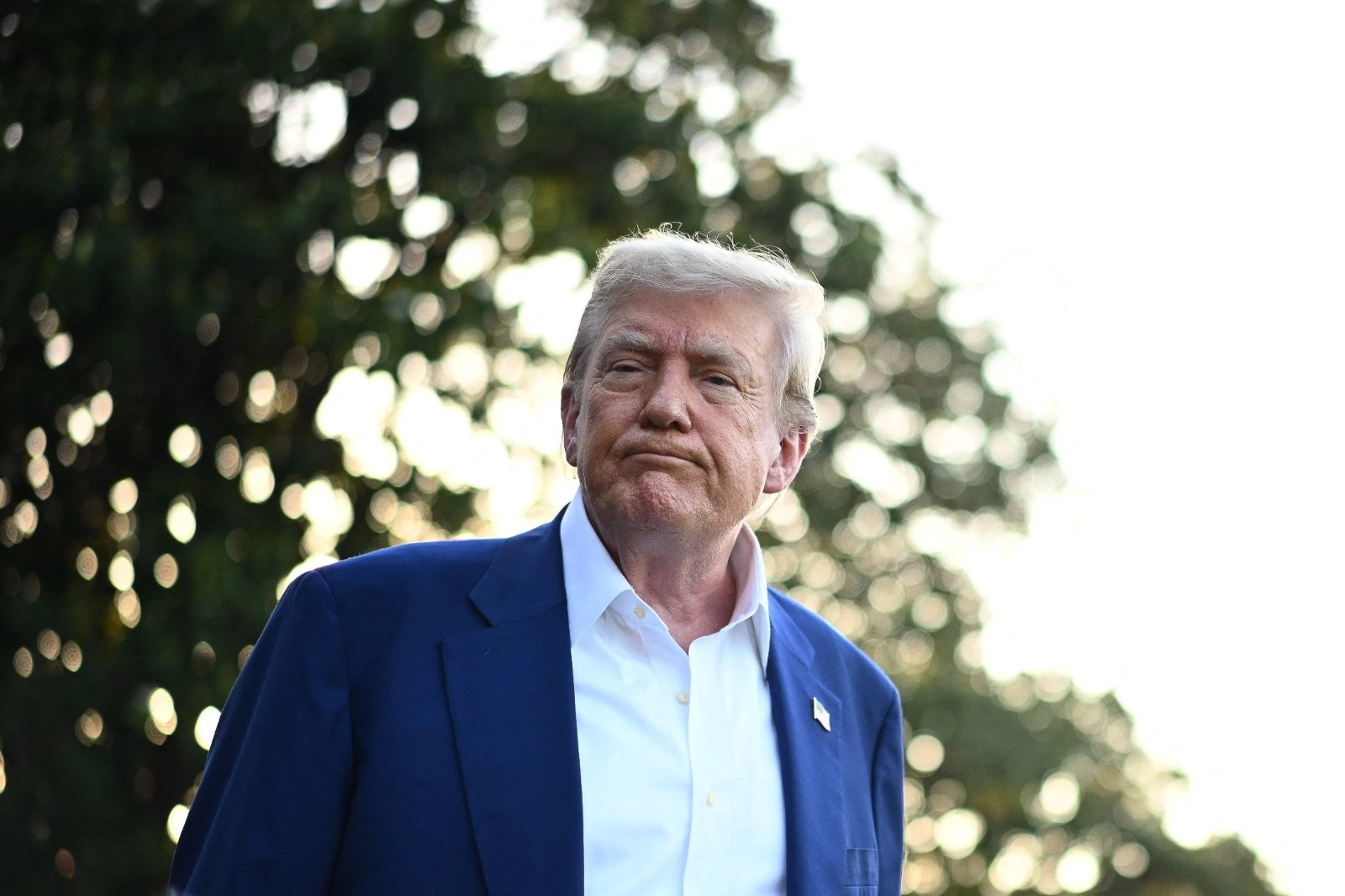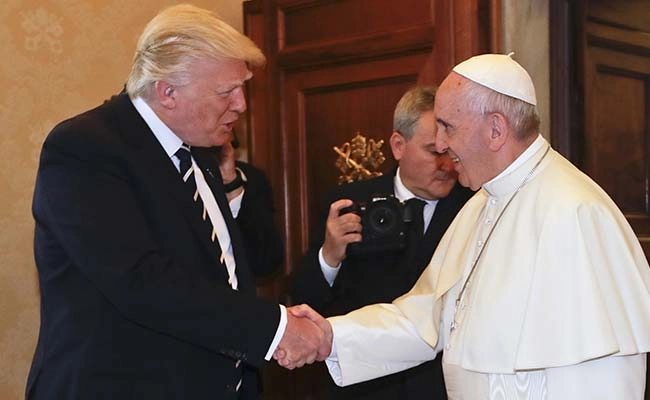In 1965, a significant event unfolded in the United States when President Lyndon B. Johnson deployed the National Guard to address escalating tensions and violence in the city of Los Angeles, California. This deployment occurred during a period marked by civil unrest and social upheaval, especially within the African American communities across the nation. The catalyst for this intervention was the Watts riots, which erupted in August of that year following the arrest of an African American motorist, Marquette Frye, on suspicion of driving under the influence. The incident ignited longstanding frustrations over systemic racism, police brutality, and socioeconomic disparities, leading to six days of widespread rioting that resulted in numerous injuries, extensive property damage, and the deployment of thousands of law enforcement officers.
The National Guard’s involvement was a response to the escalating violence and chaos, as local police struggled to regain control of the situation. The riots claimed 34 lives, injured over a thousand people, and caused an estimated $40 million in property damage, highlighting the deep-seated issues of racial inequality and social injustice that plagued American society. President Johnson’s decision to call in the National Guard was controversial but reflected a broader attempt by his administration to restore order while also addressing the underlying causes of the unrest. In the aftermath of the riots, Johnson established the Kerner Commission, tasked with investigating the causes of the unrest and proposing solutions to address the systemic issues faced by African American communities.
The deployment of the National Guard in 1965 not only served as a temporary measure to quell the violence but also underscored the challenges faced by the federal government in managing civil rights issues during a tumultuous era. The Watts riots marked a pivotal moment in the civil rights movement, drawing national attention to the struggles of African Americans and prompting discussions about the need for social reform. The events of that summer revealed the profound discontent simmering beneath the surface in urban America and led to a renewed focus on civil rights legislation, poverty alleviation, and community investment. The legacy of these events continues to resonate today as the nation grapples with ongoing issues of racial inequality and social justice.




